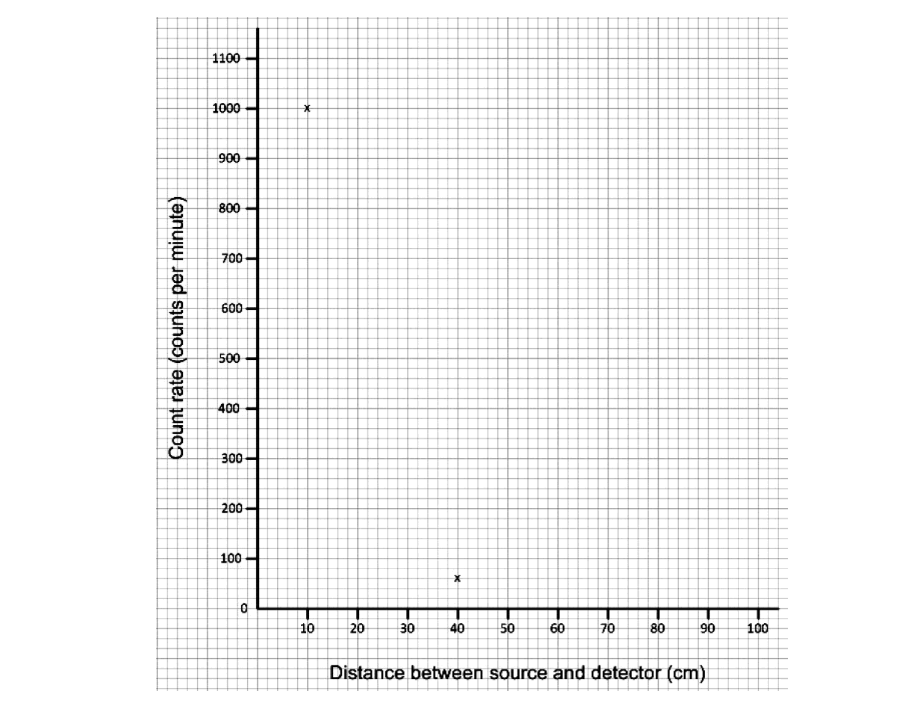Nuclear fusion is a reaction that happens in stars. This equation for fusion is incomplete.

i) What else is produced in this reaction?
ii) Stars are formed from dust and gas.
What causes the dust and gas to undergo fusion?
i) Describe one similarity between nuclear fission and nuclear fusion.
ii) Describe one difference between nuclear fission and nuclear fusion.
Nuclear fission can be used as a power source to produce electricity.
Give one advantage and one disadvantage of using nuclear power to produce electricity.
advantage .......................................................................................
disadvantage ..................................................................................
Did this page help you?

